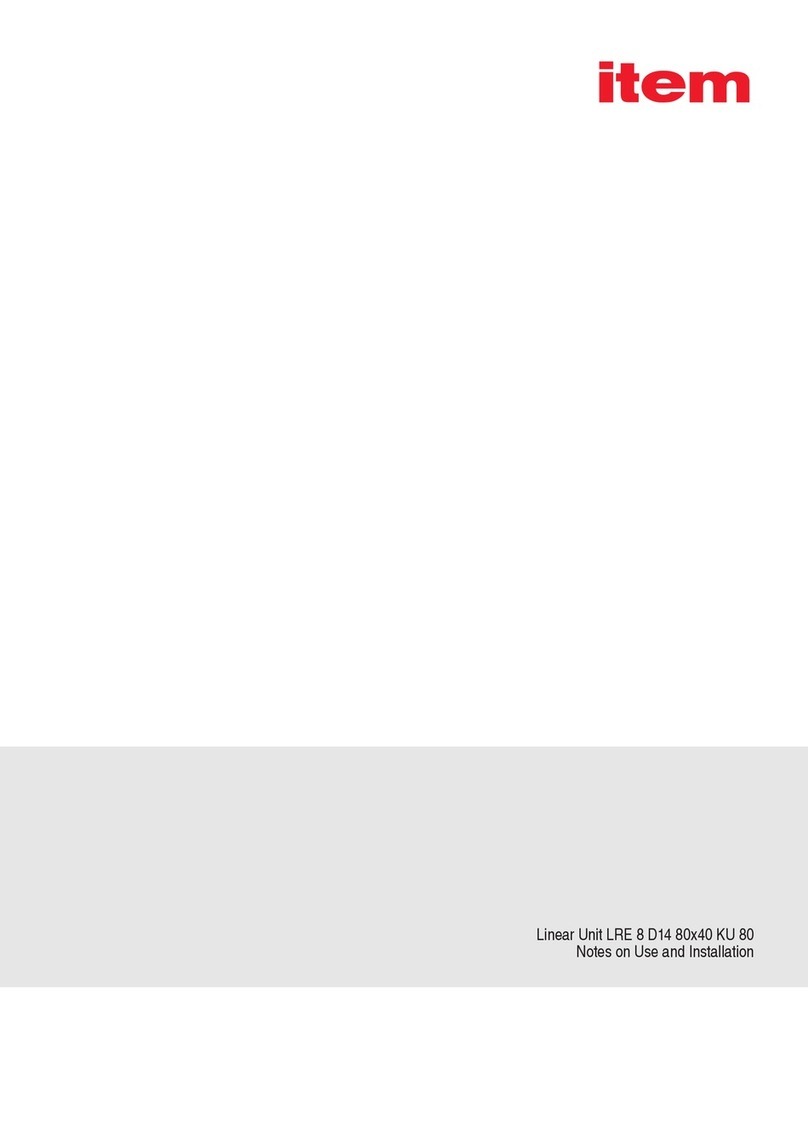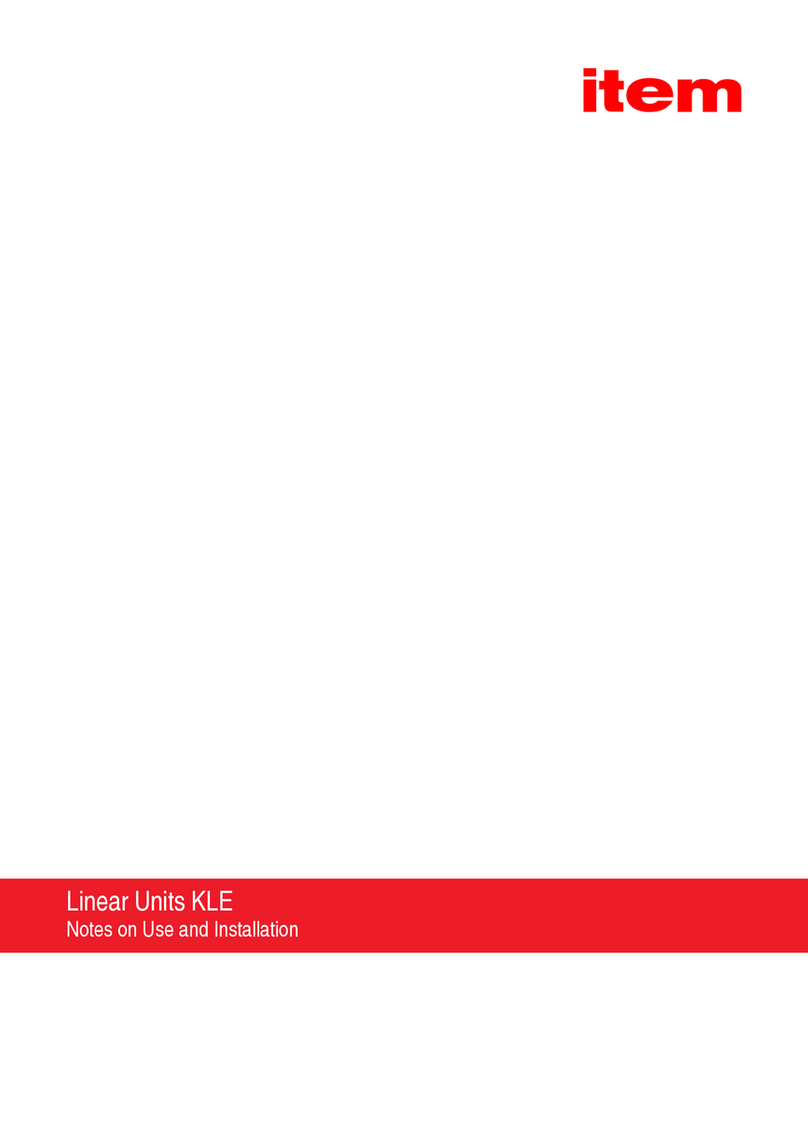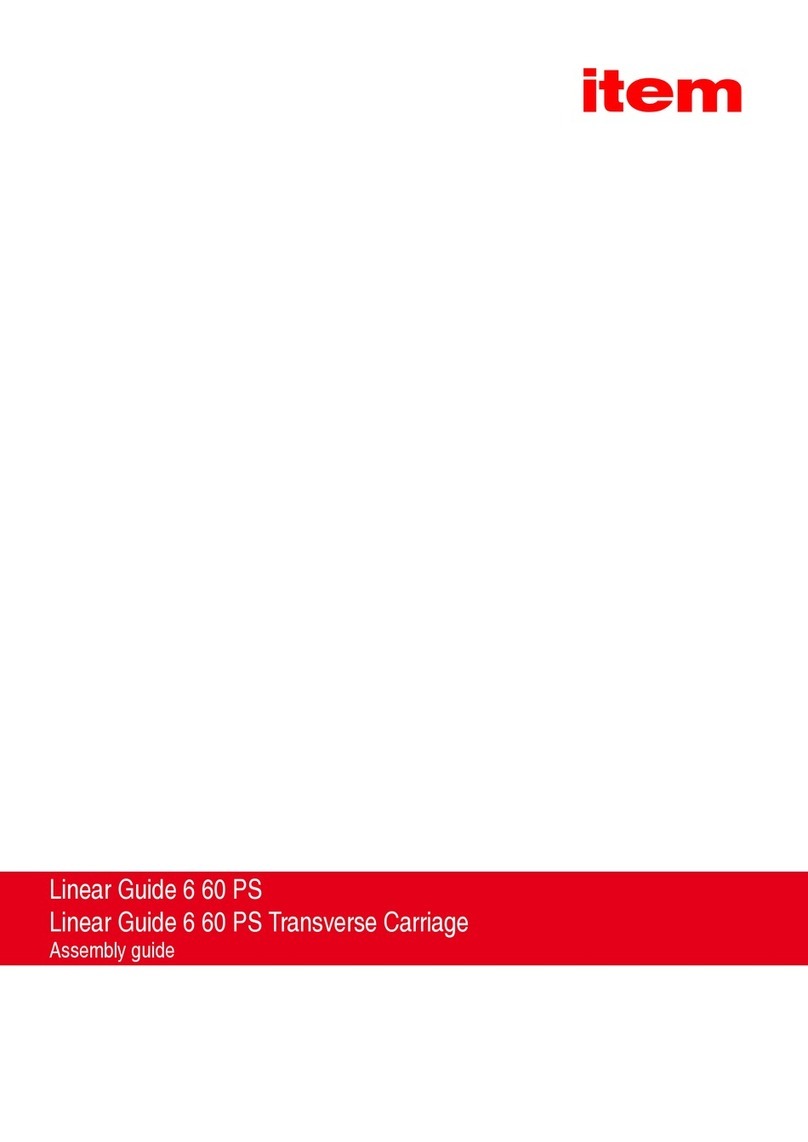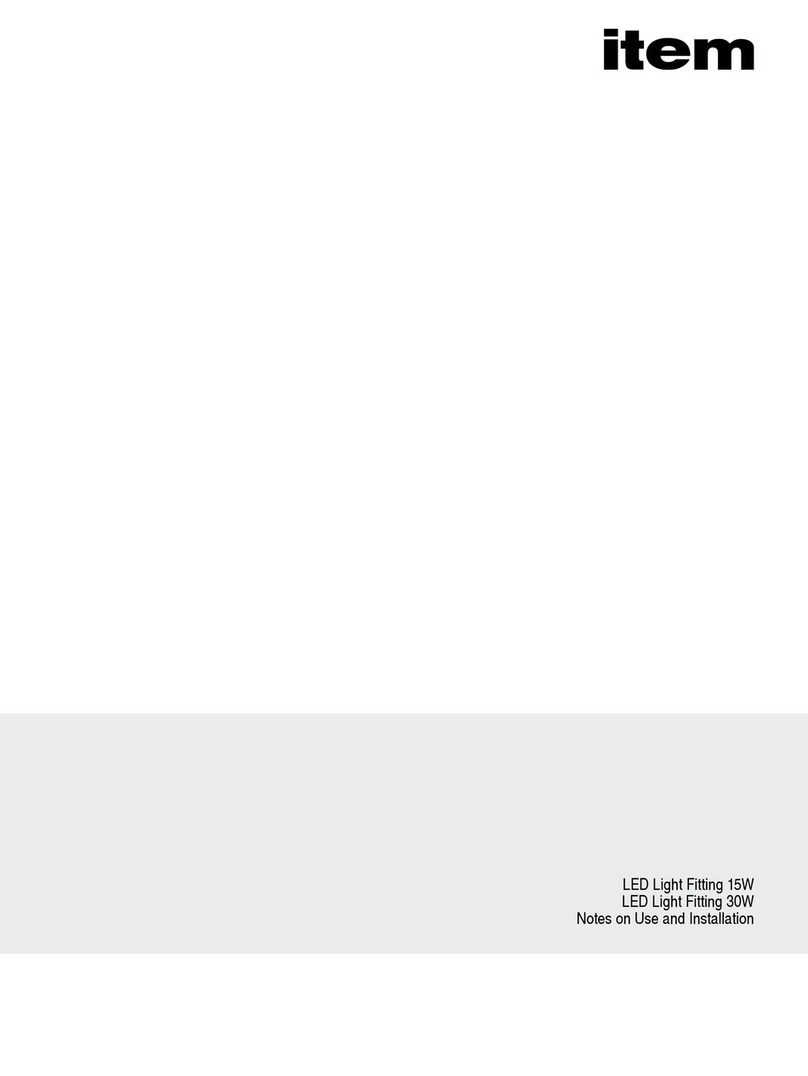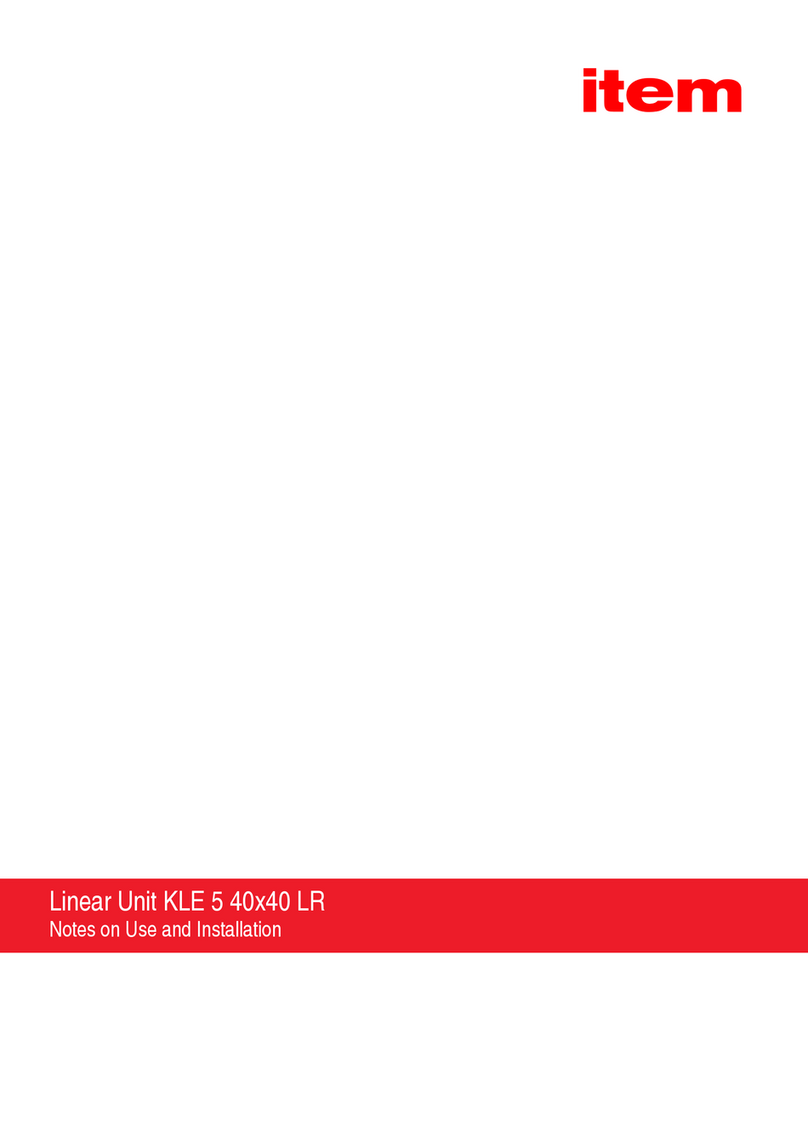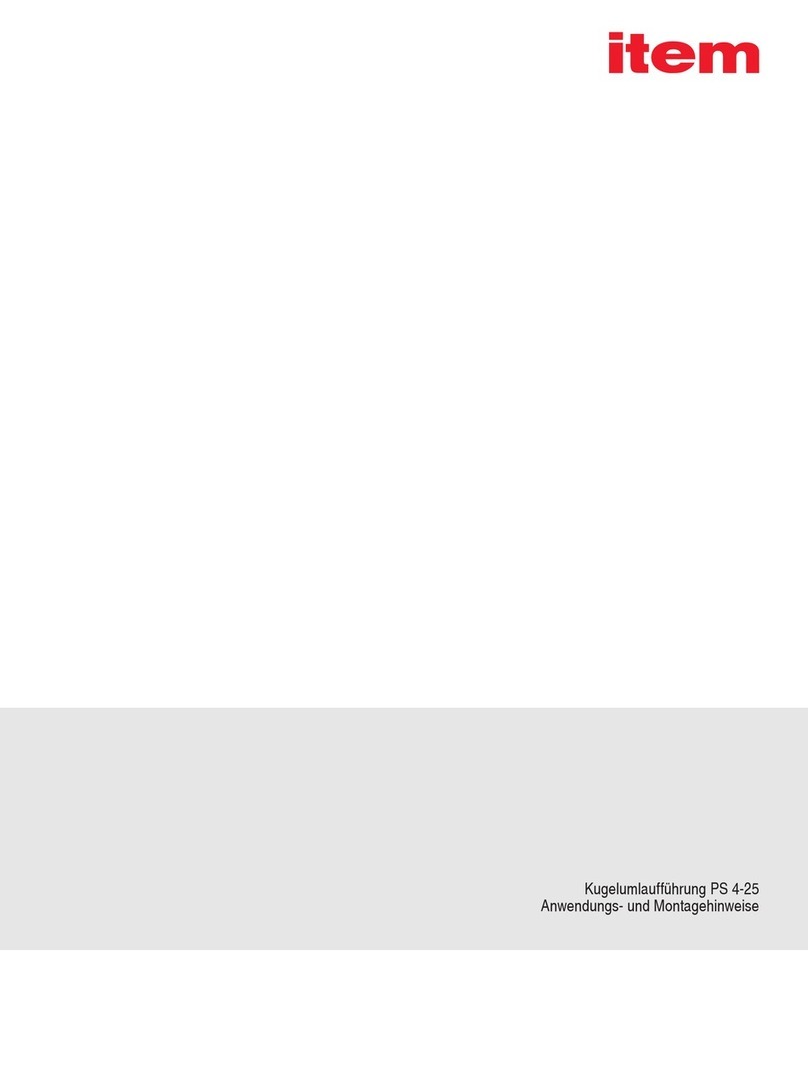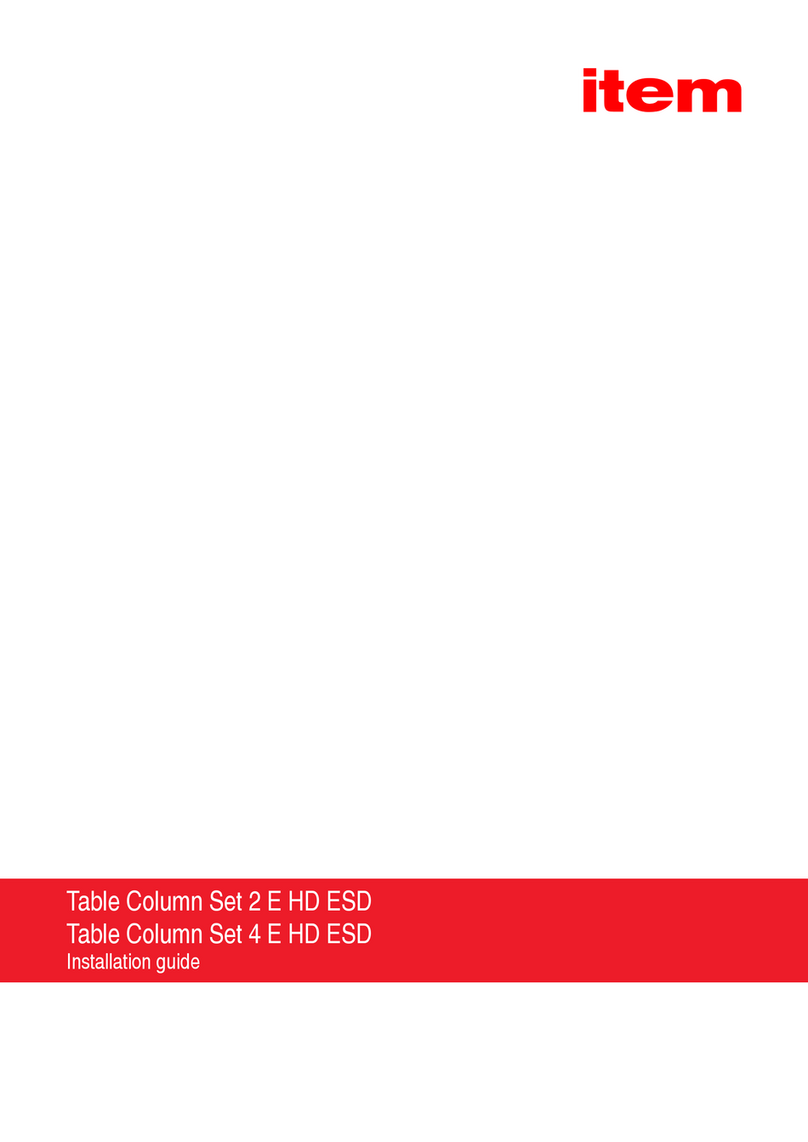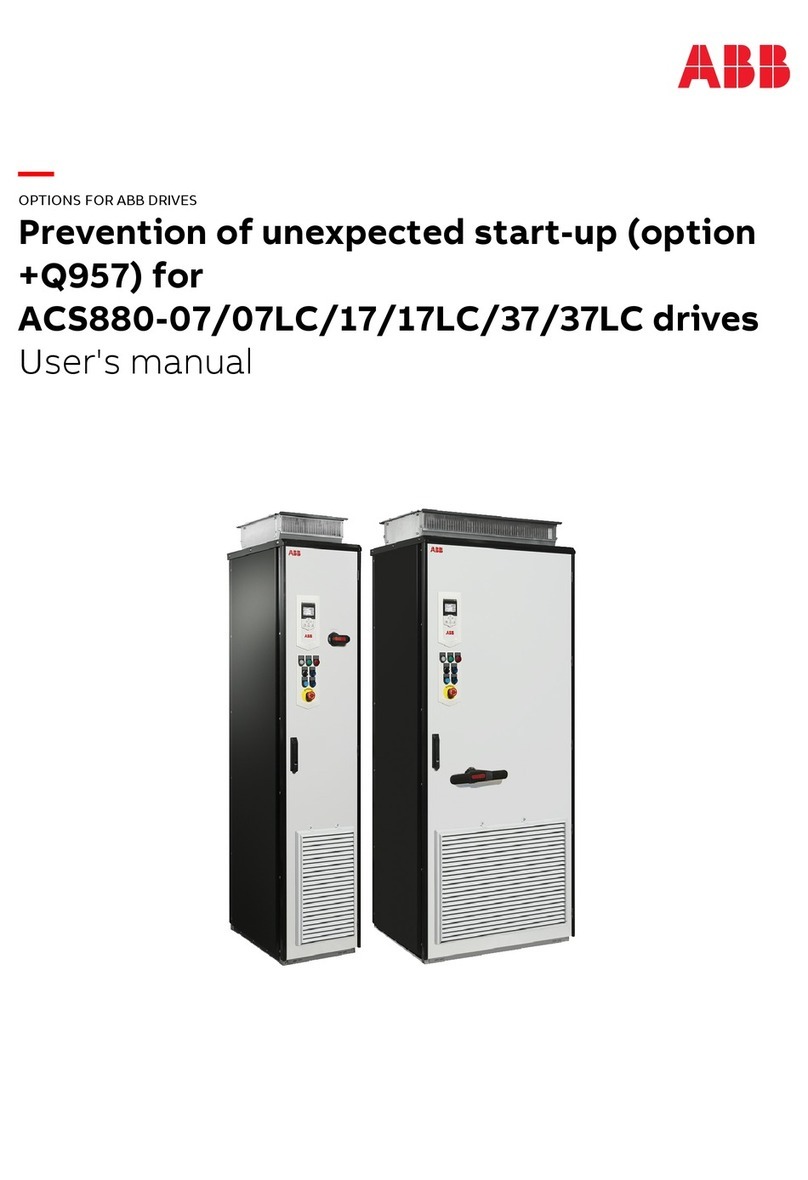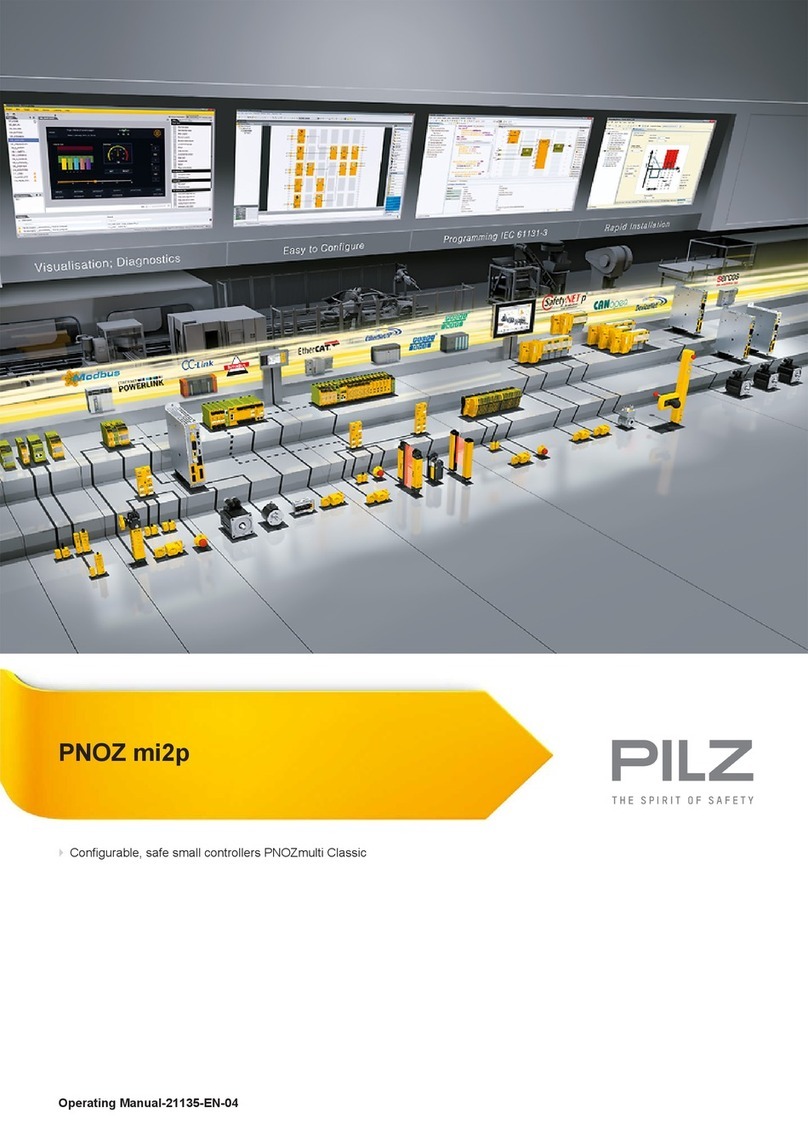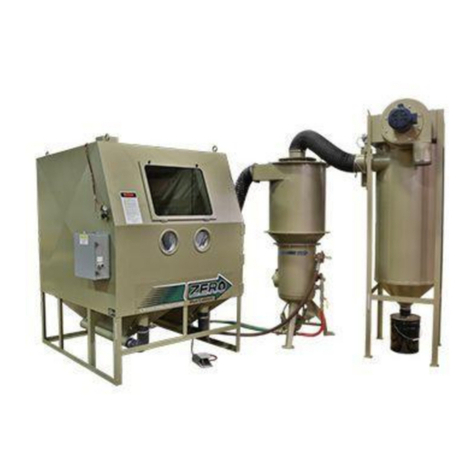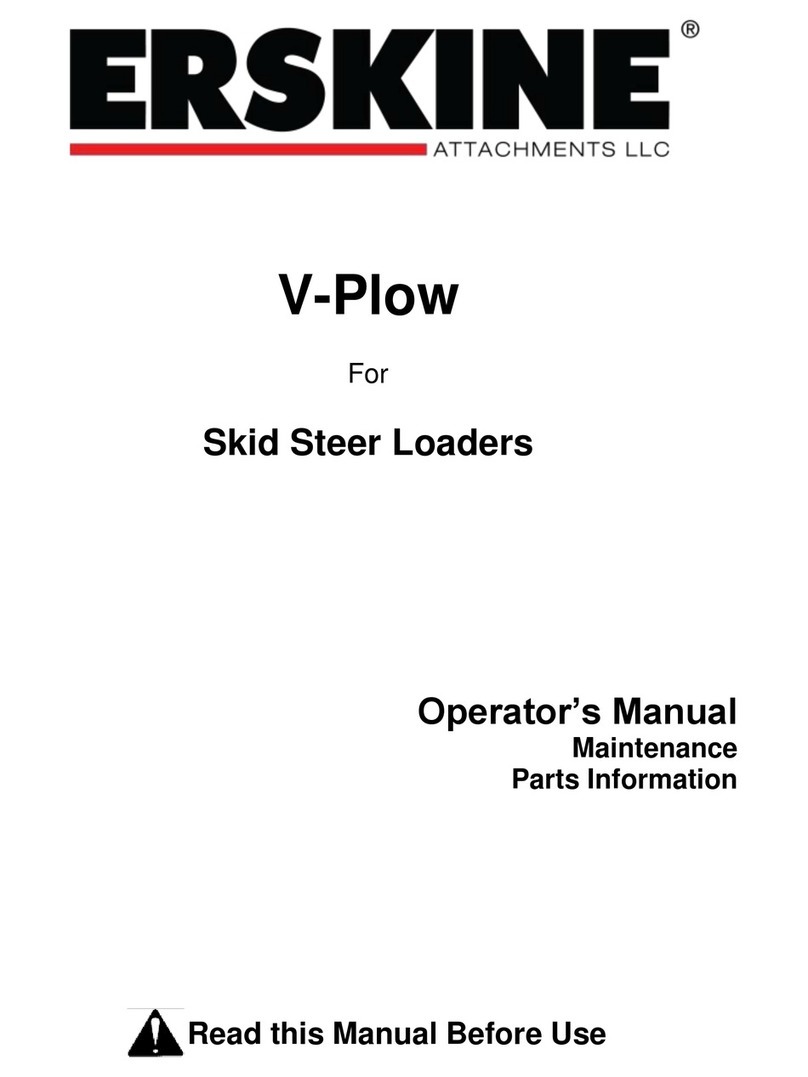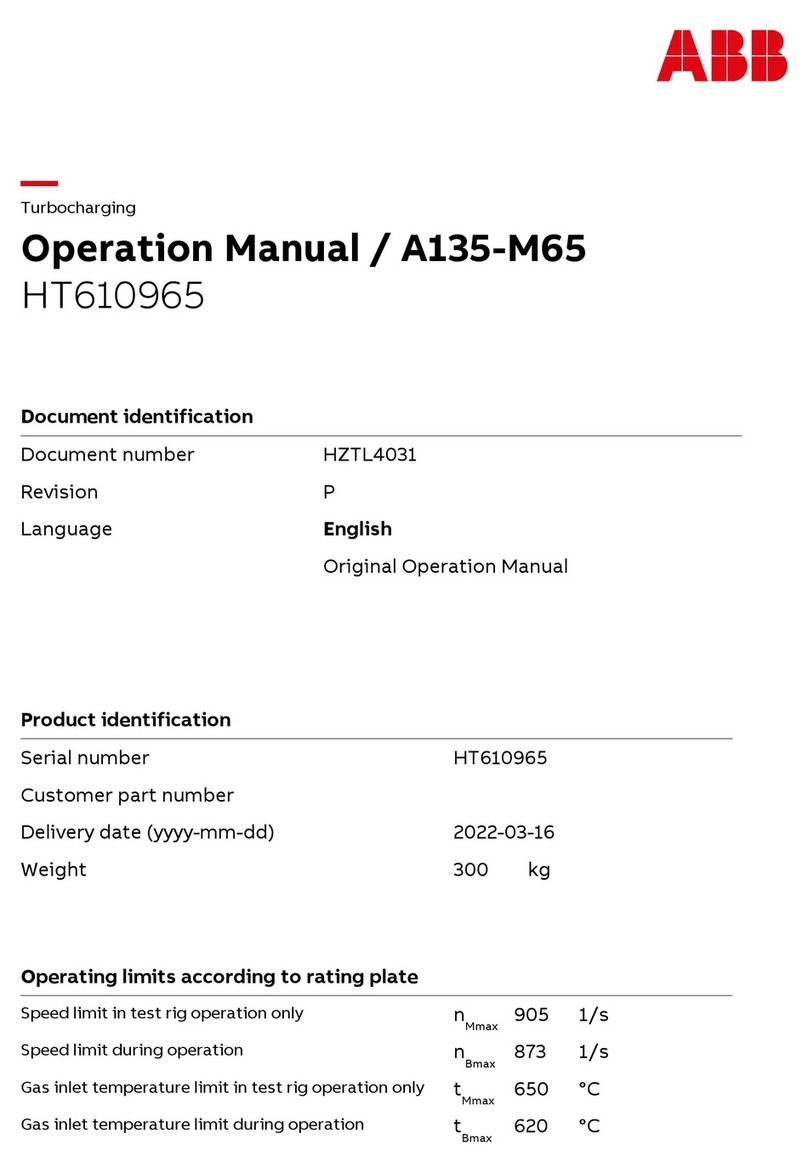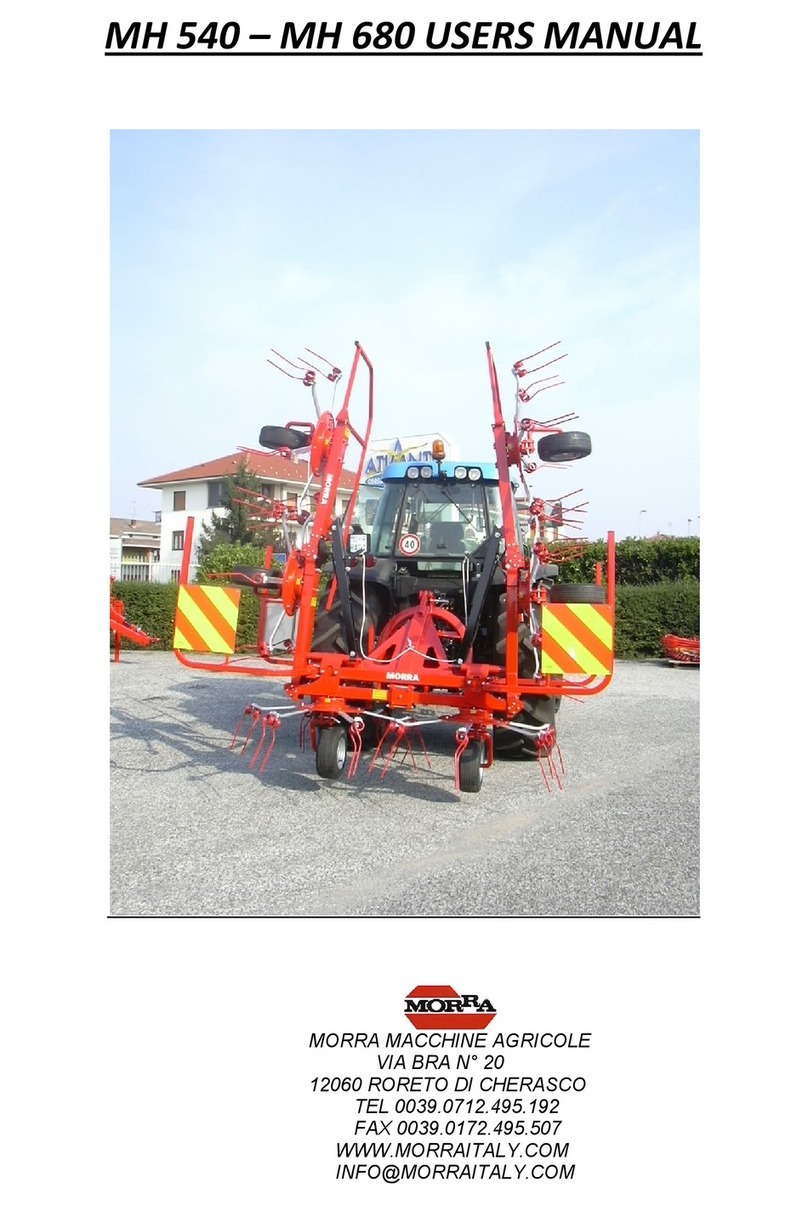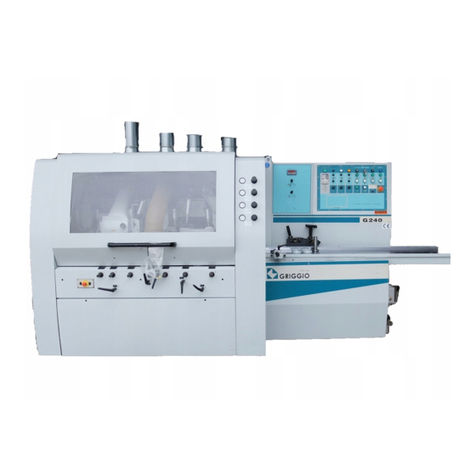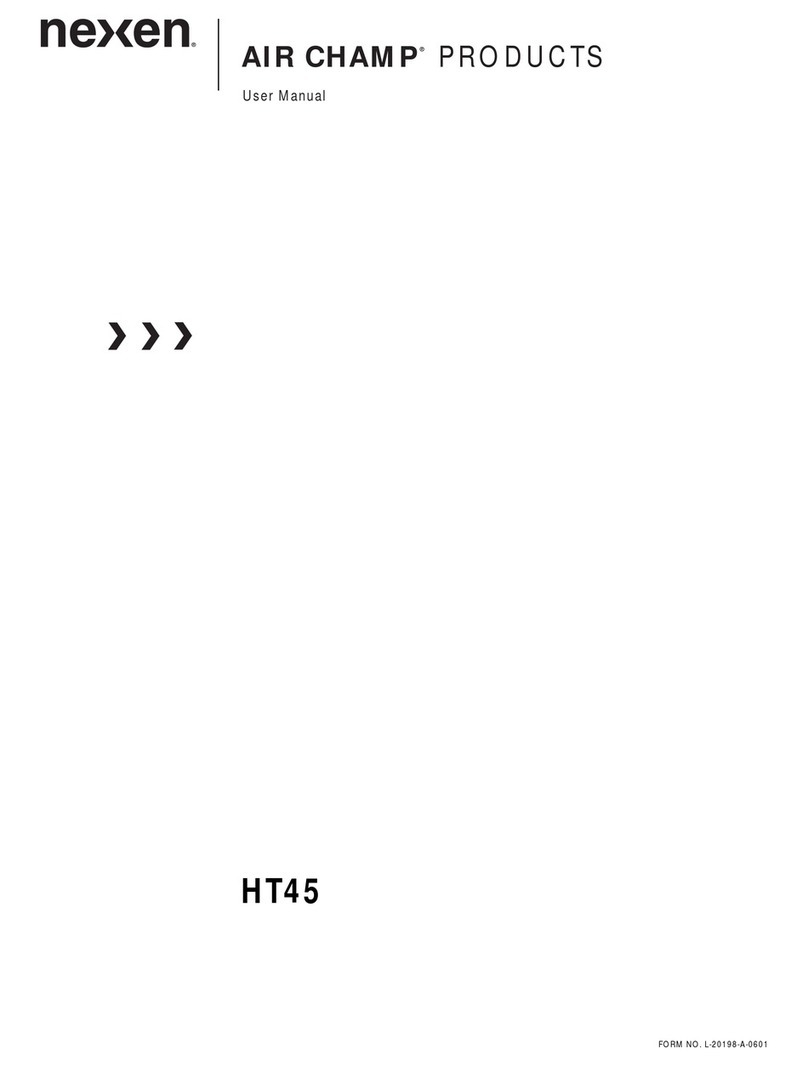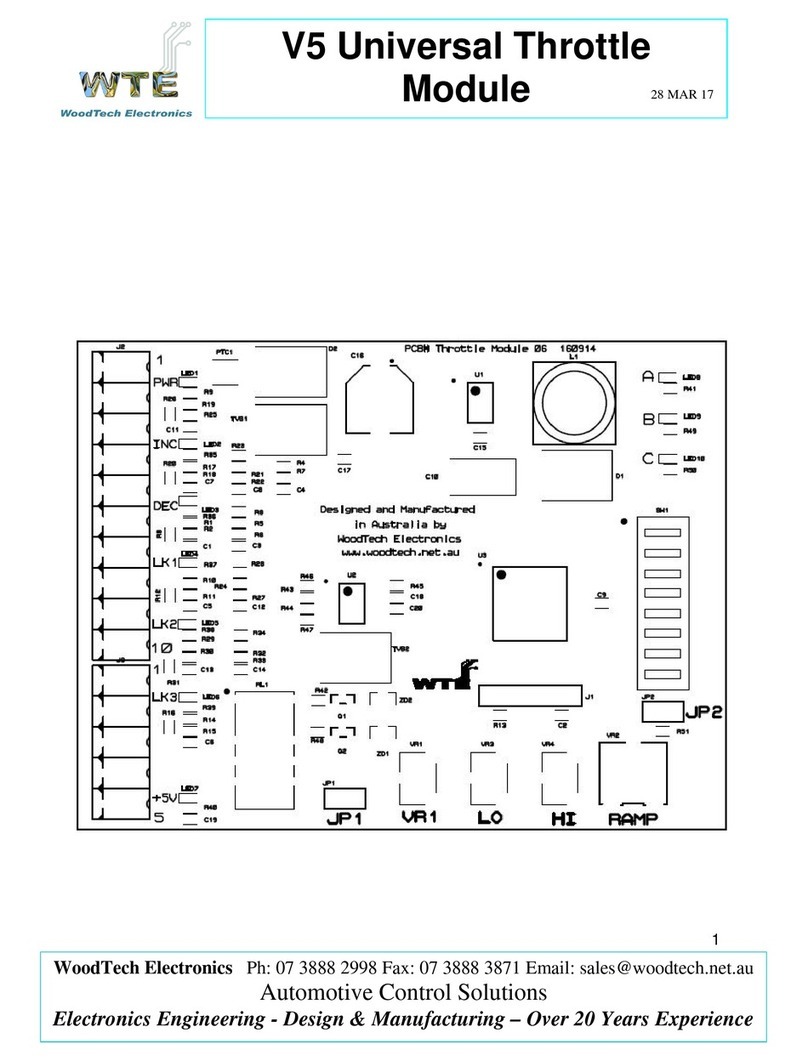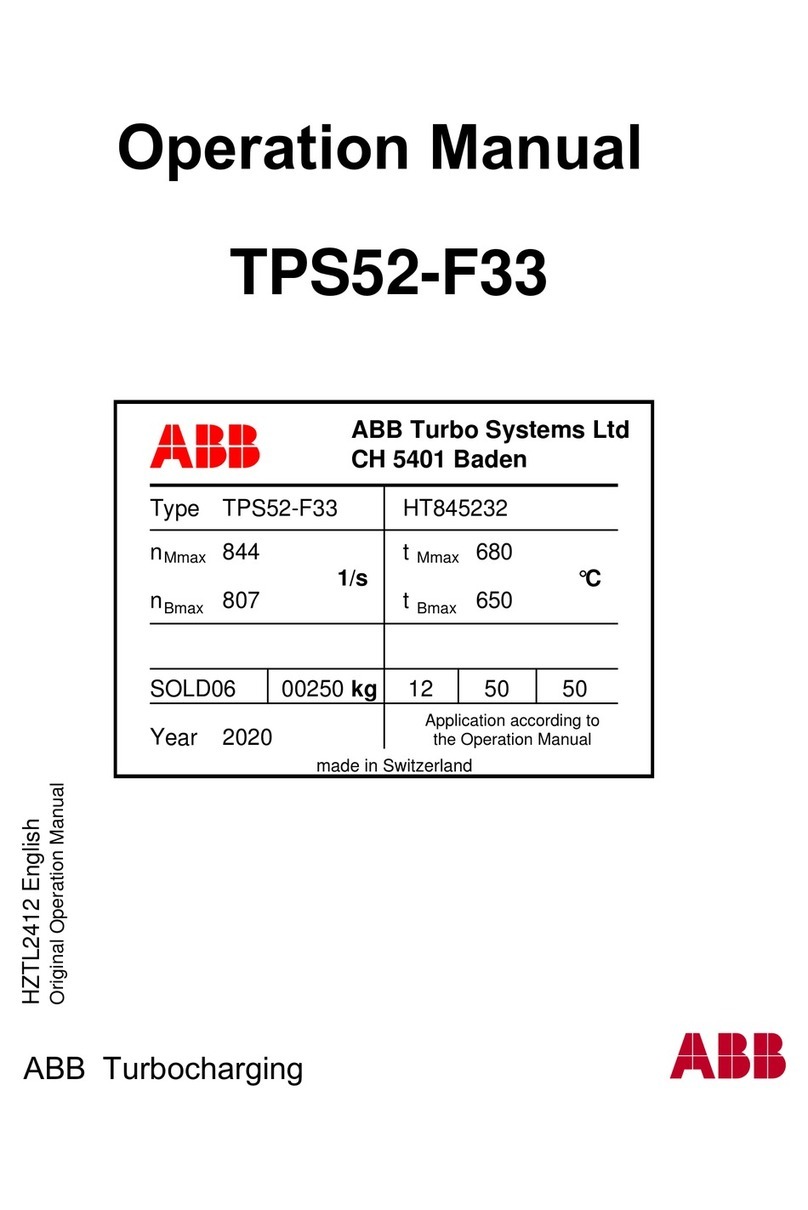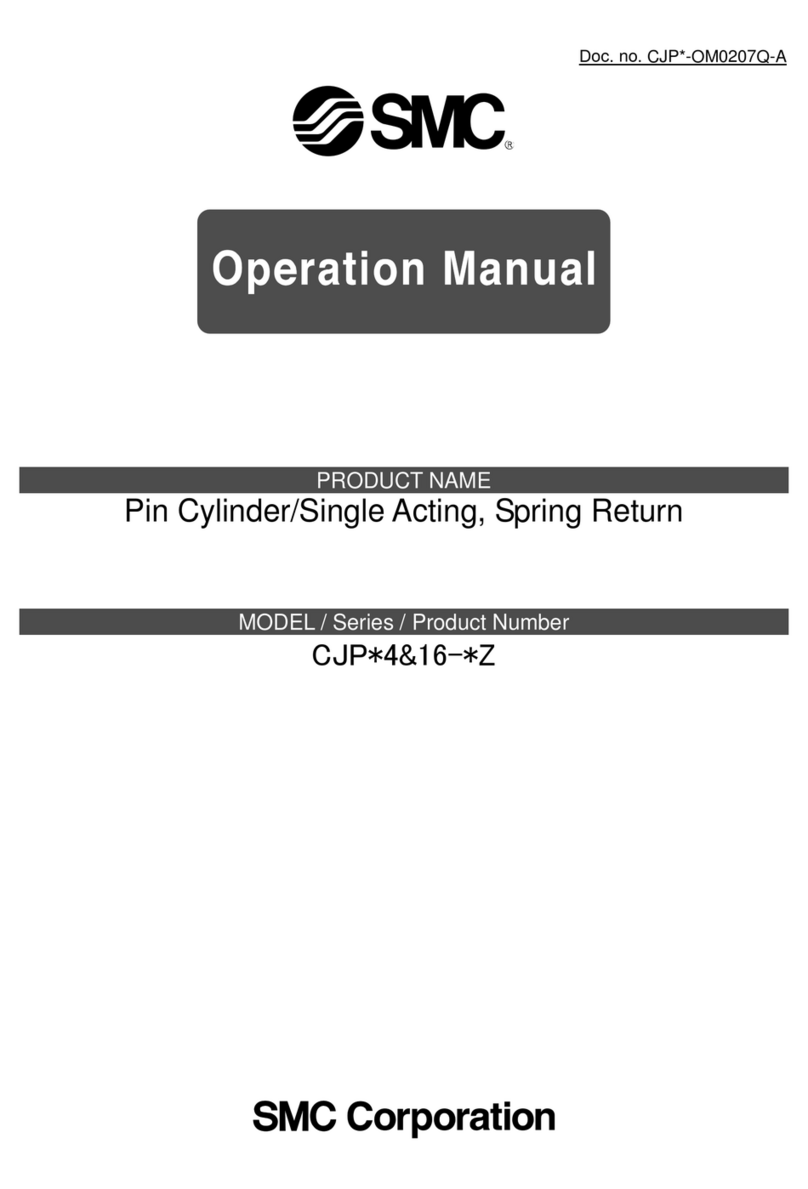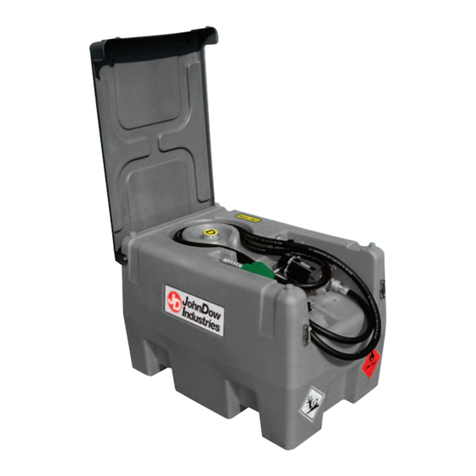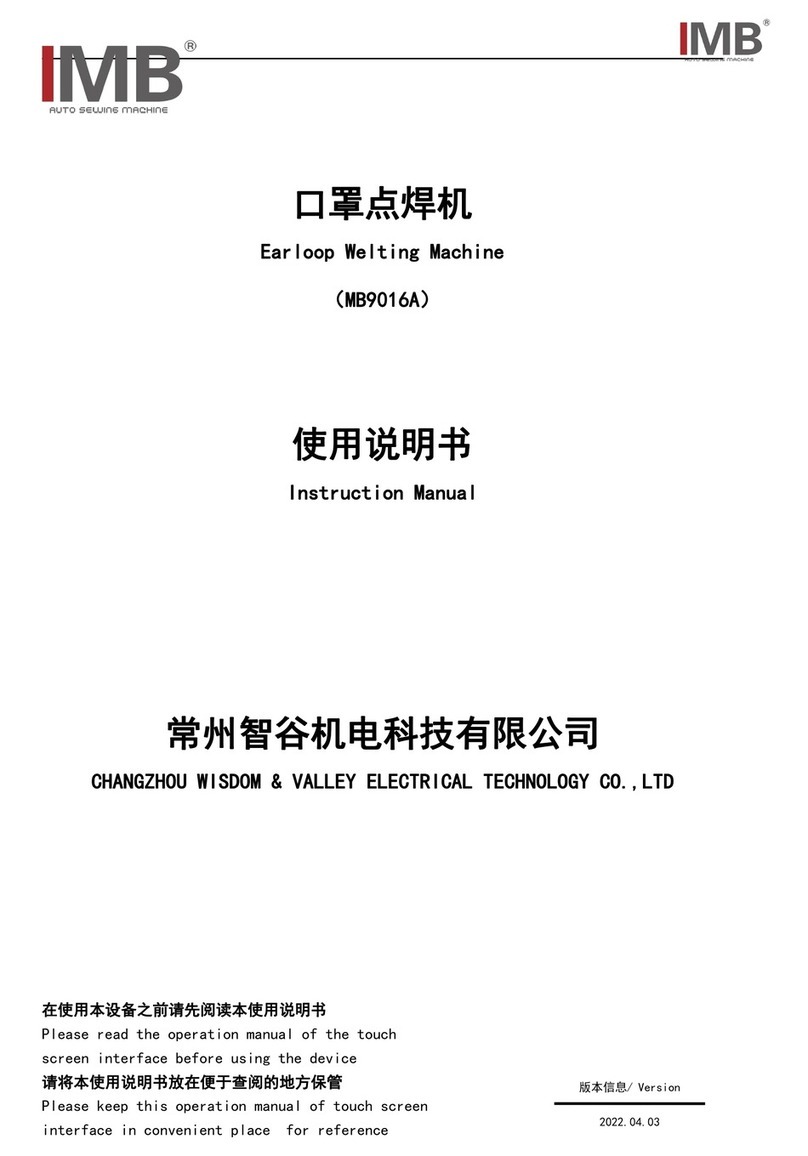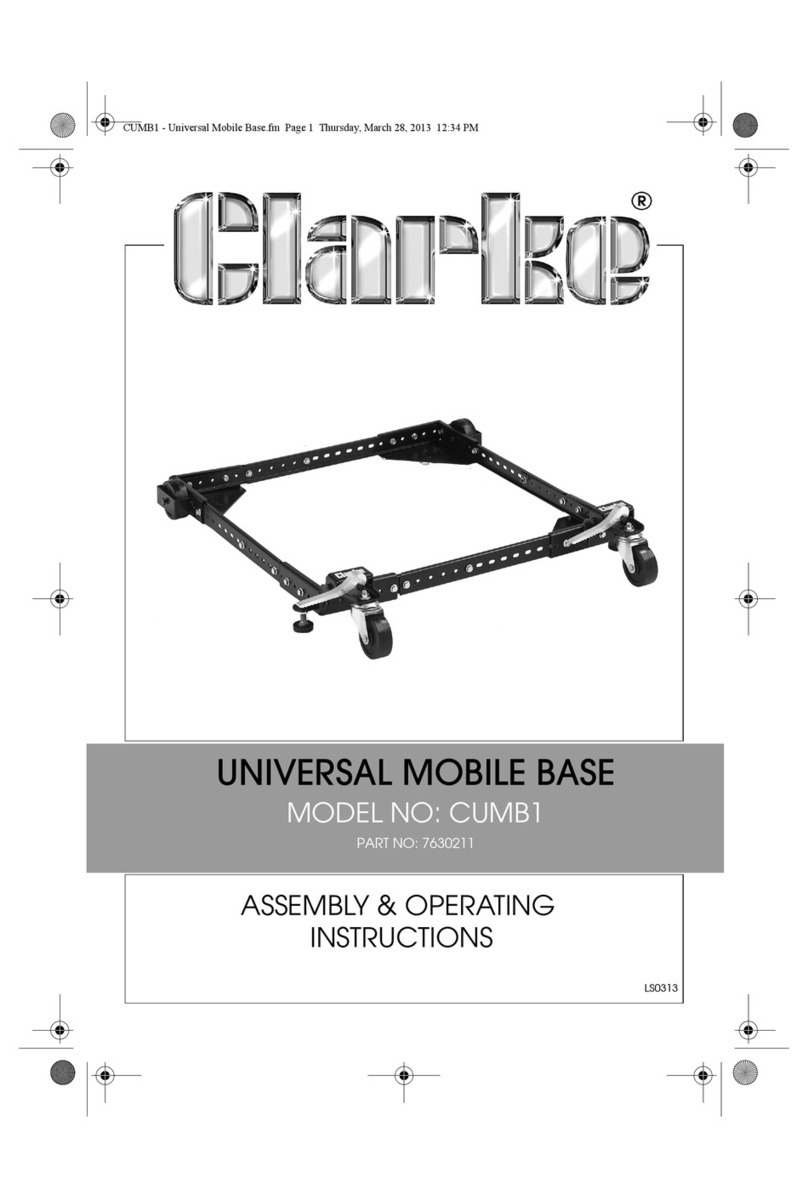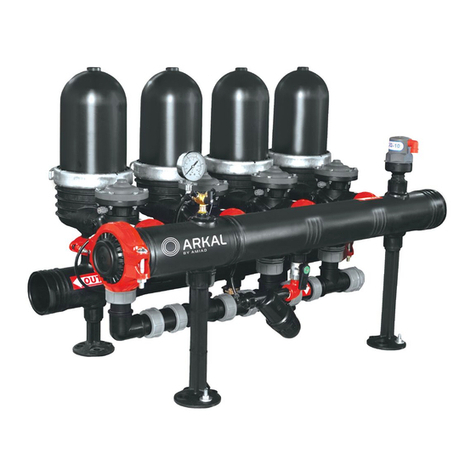
3
The data and the information contained in the Notes on Use and Installation
are intended exclusively for product description and assembly. The information
does not release the user from conducting their own assessments and checks.
It should be noted that our products are subject to natural wear and tear as well
as an aging process.
These Notes on Installation and Useinclude important information for the safe
and appropriate use of the product. In the case of a sale, rent or other transmis-
sion of the product, the latter must be accompanied by the Notes on Use and
Installation.
During the assembly, operation and maintenance of the driven linear unit, it
must be ensured that all moving parts are secured against accidental switch-on
or moving. Rotating and moving parts can lead to serious injury! Please make
sure to read and observe the following safety precautions.
Any work with or close to the driven linear unit must be performed under the
motto “safety first”.
Switch the drive unit off before you begin a task close to the driven linear
unit.
Secure the drive unit against accidental switch-on, e.g. by installing signs
near the switch or remove the fuse from the power supply.
Do not reach into the working area of the moving parts of the driven linear
unit while it is operating.
Secure the moving parts of the driven linear unit against accidental contact
by installing protective devices and enclosures.
Please take note of the applicable regulations for accident prevention and
environmental protection in the country of use and the workplace.
Use item products only in technically perfect condition.
Non-use of original spare parts leads to the expiry of the warranty!
Check if the product has obvious defects.
Use the product exclusively within the range of performance described in the
technical data.
Make sure all the safety devices belonging to the product are available,
suitably installed and fully functional.
You are not allowed to change the position of, avoid or disable safety devices.
The driven linear unit described here corresponds to the state-of-the-art and
respects the general principles of safety at the date of printing of the present
Notes on Use and Installation. Nonetheless, the hazard for personal injury and
damage to property remains when the fundamental safety instructions and
warning notices mentioned in the present Notes on Use and Installation are not
observed.We accept no liability for any damage that may arise from them. In
the interest of further development, we reserve ourselves the right to technical
changes. Keep the present Notes on Use and Installation readily accessible
to all users. Please take notice of the superordinate instructions for use of the
complete machinery or equipment.The general hazard warning refers to the
whole life cycle of the partly completed machinery.
1. Transport
Please note the transport instructions on the packaging. Make sure to leave the
product in the original packaging and protect it from humidity and damage until
assembly. Please note that moving parts are fixed and can cause no damage
during transport.
2. Assembly
Always switch the relevant system component off-circuit before you assemble
the product or plug/unplug it. Secure the system against re-starting. Lay the
cables and conducts so that they cannot be damaged and nobody can trip over
them. Avoid places with risk of slipping, tripping or falling.
3. Putting into service
Let the product acclimatise for some hours before putting it into service.Make
sure the partly completed machinery is tightly and safely integrated to the
complete machinery. Only put fully installed products into service.
4. During operation
Allow the access to the direct operational area of the system only to people
authorised by the operator. This also applies for downtimes of the system.
Moving parts must not be accidentally actuated. In case of emergency, error or
other irregularities, switch off the system and secure it against restarting. Make
sure people cannot be shut in the system’s danger zone.
5. Cleaning
Close all openings with appropriate protective devices so that no detergent can
enter the system. Use no aggressive detergents. Do not use a high-pressure
cleaner for the cleaning.
6. Putting into service and maintenance
Perform the required maintenance work in the time intervals described in the
operating instructions. Make sure no connection line, connection or component
is released until the system is under pressure and tension. Secure the system
against restarting.
7. Disposal
Dispose of the product according to the national and international provisions of
your country.
General safety information
Correct use
The driven linear unit is a product in accordance with the Machinery Directive
2006/42/EC (partly completed machinery). The driven linear unit can only
be used in accordance with the technical data and safety regulations of the
present documentation. The internal rules and guidelines of the country of use
must be respected. Unauthorised structural changes to the driven linear unit
are not permitted. We accept no liability for any damage that may arise from
them.
You are authorised to assemble, operate and maintain the drive linear unit
only if:
The driven linear unit has been integrated to the complete machinery accord-
ing to the intended applications and safety requirements.
You have read the Notes on Use and Installation carefully and understood
them.
You are qualified.
You have the authorisation of your company.
You exclusively use the original accessories of the manufacturer.
In case of unsafe and inappropriate operation of the driven linear unit, there is a
danger of serious injury from crush and shear points.
Inappropriate use
The inappropriate use refers to applications differing from the use authorised
by the Notes on Use and Installation and the appropriate use. We accept no
liability for any damage that may arise.

